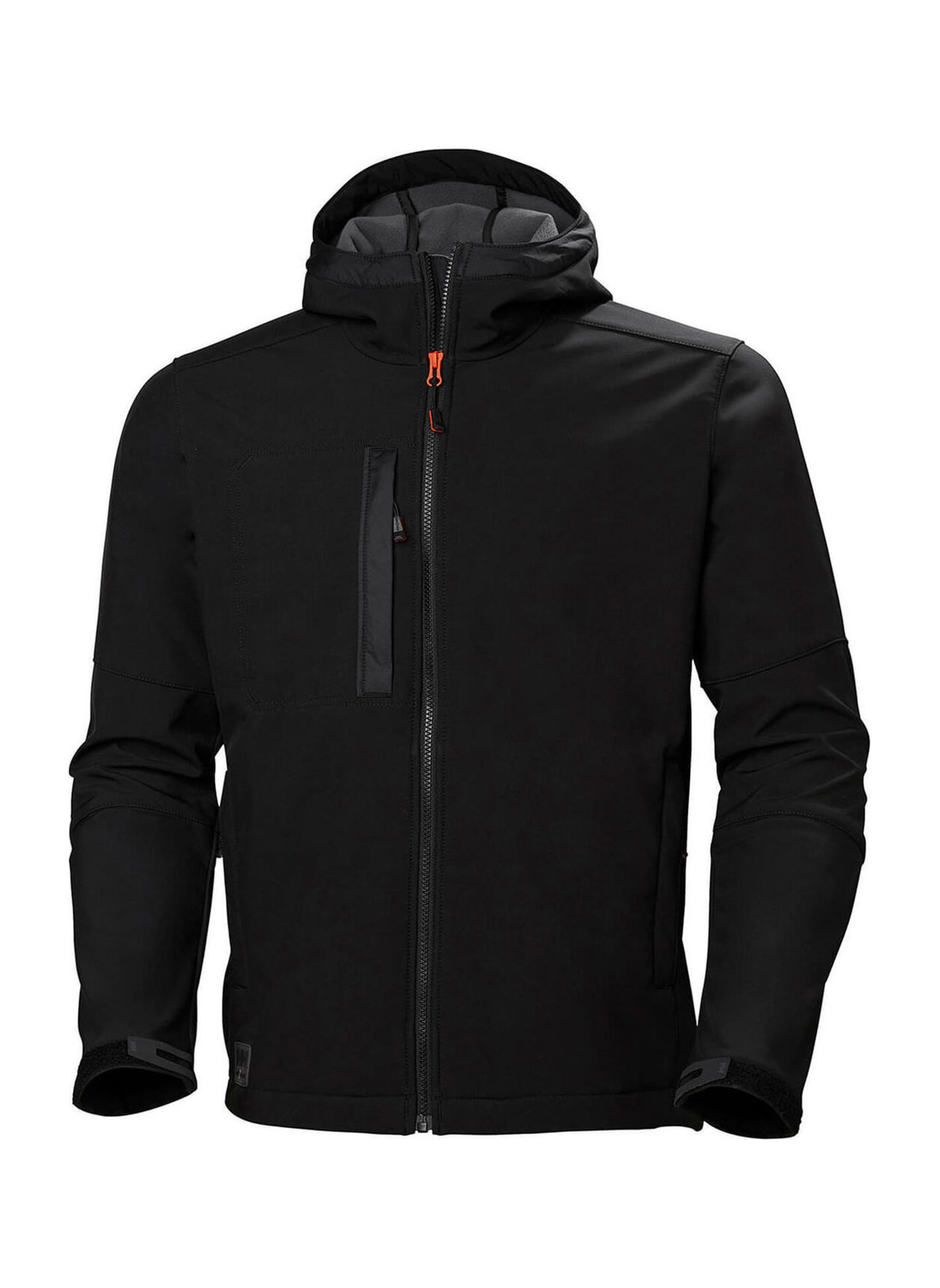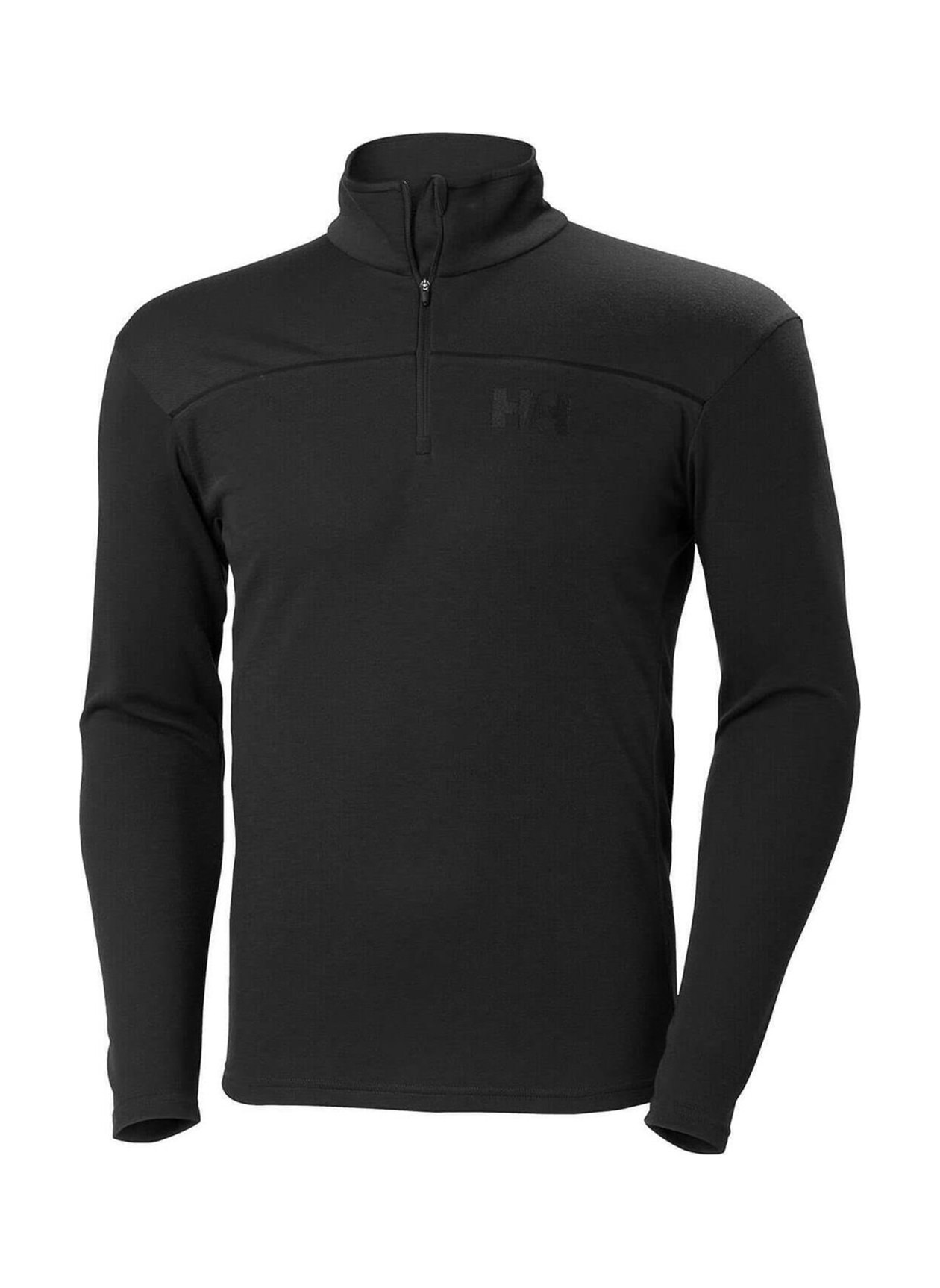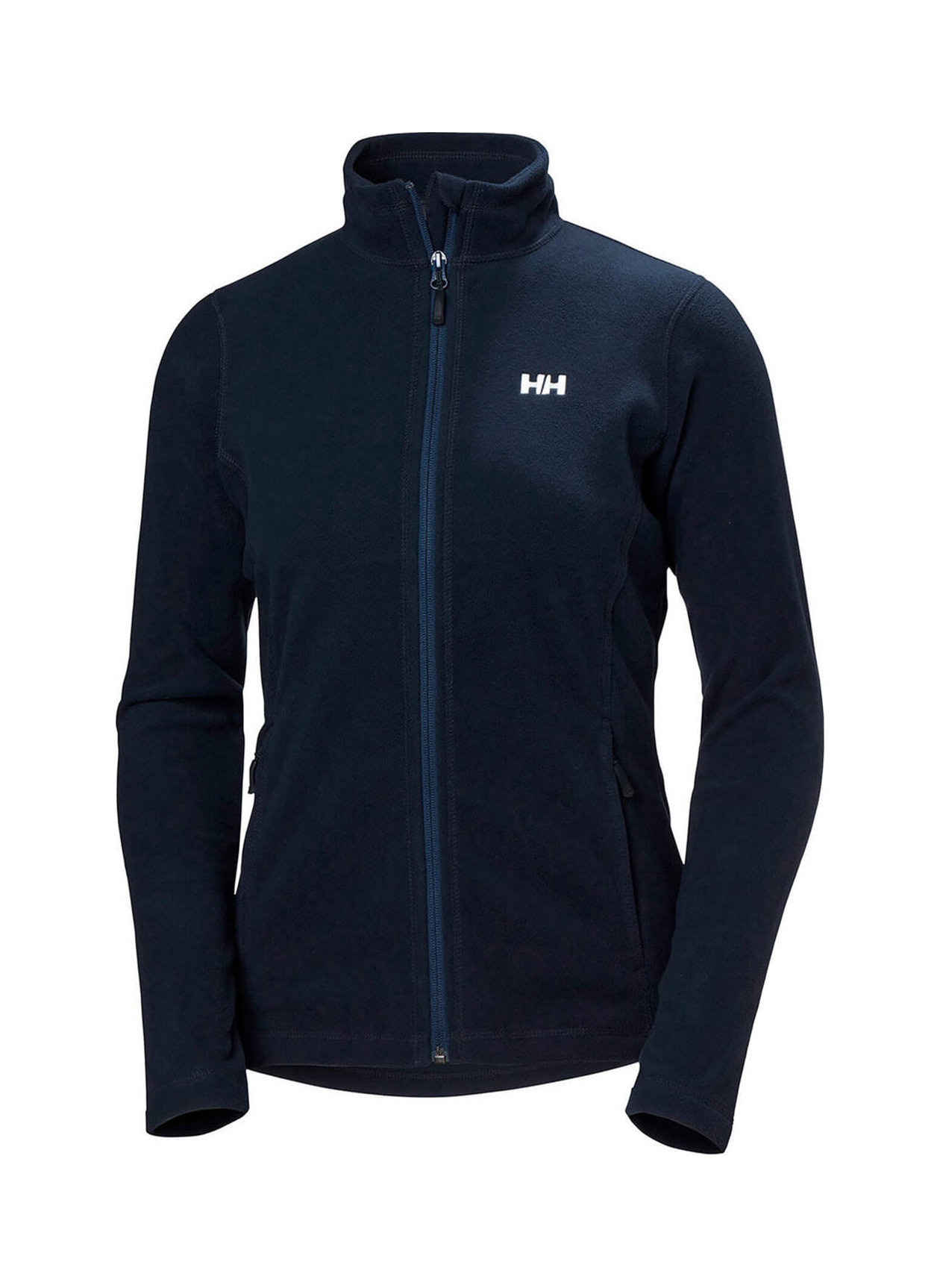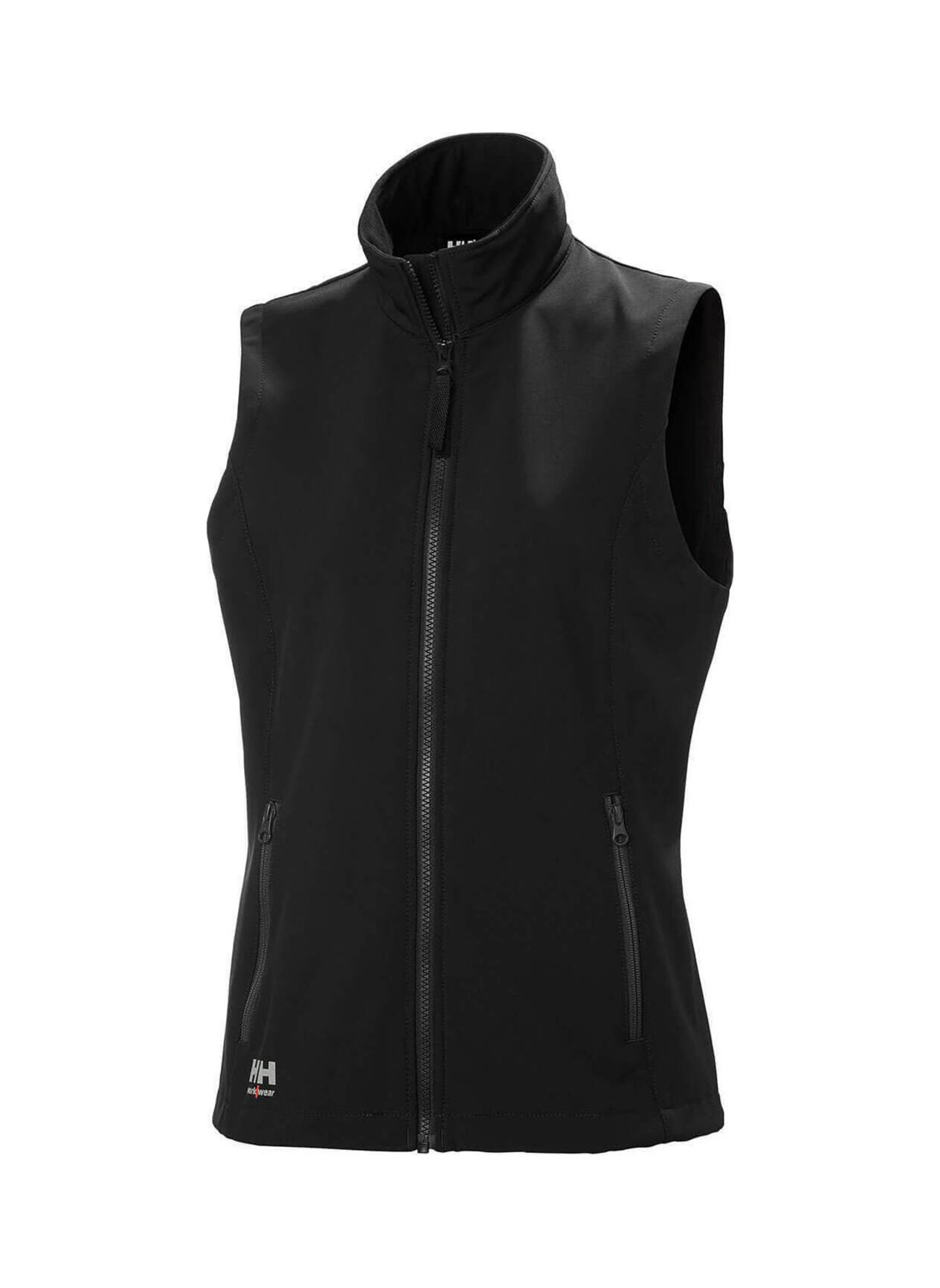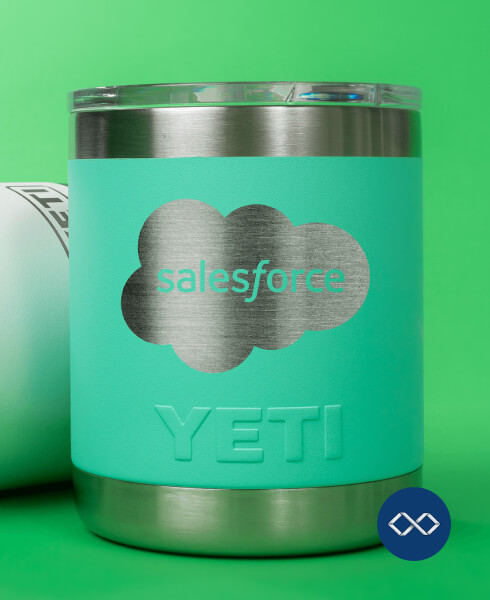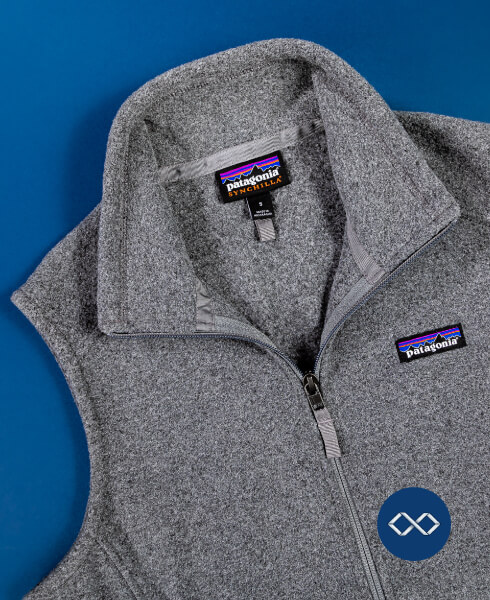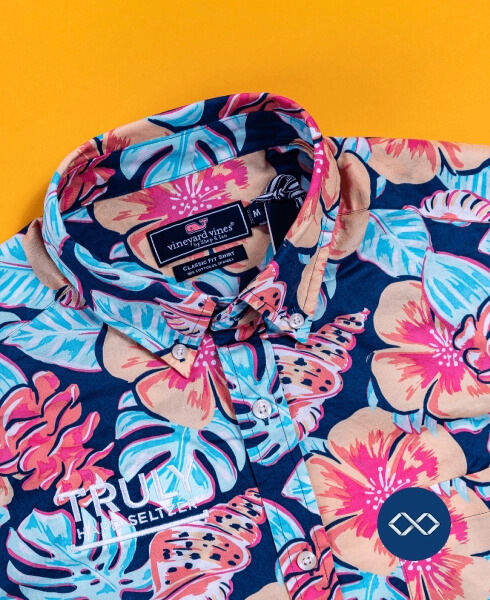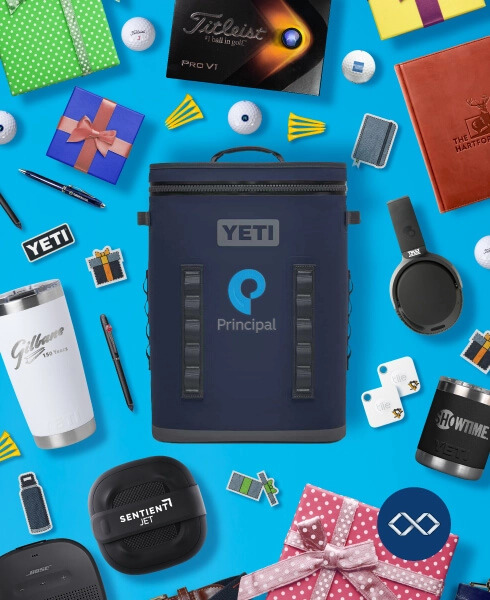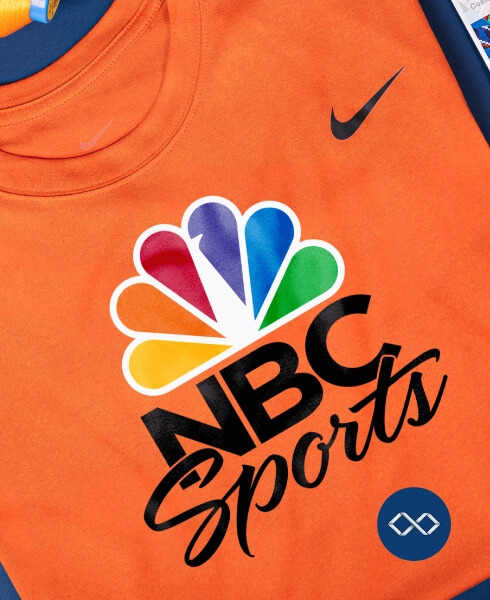Successful Brand Partnerships Target Audiences with Strong Brand Affinity
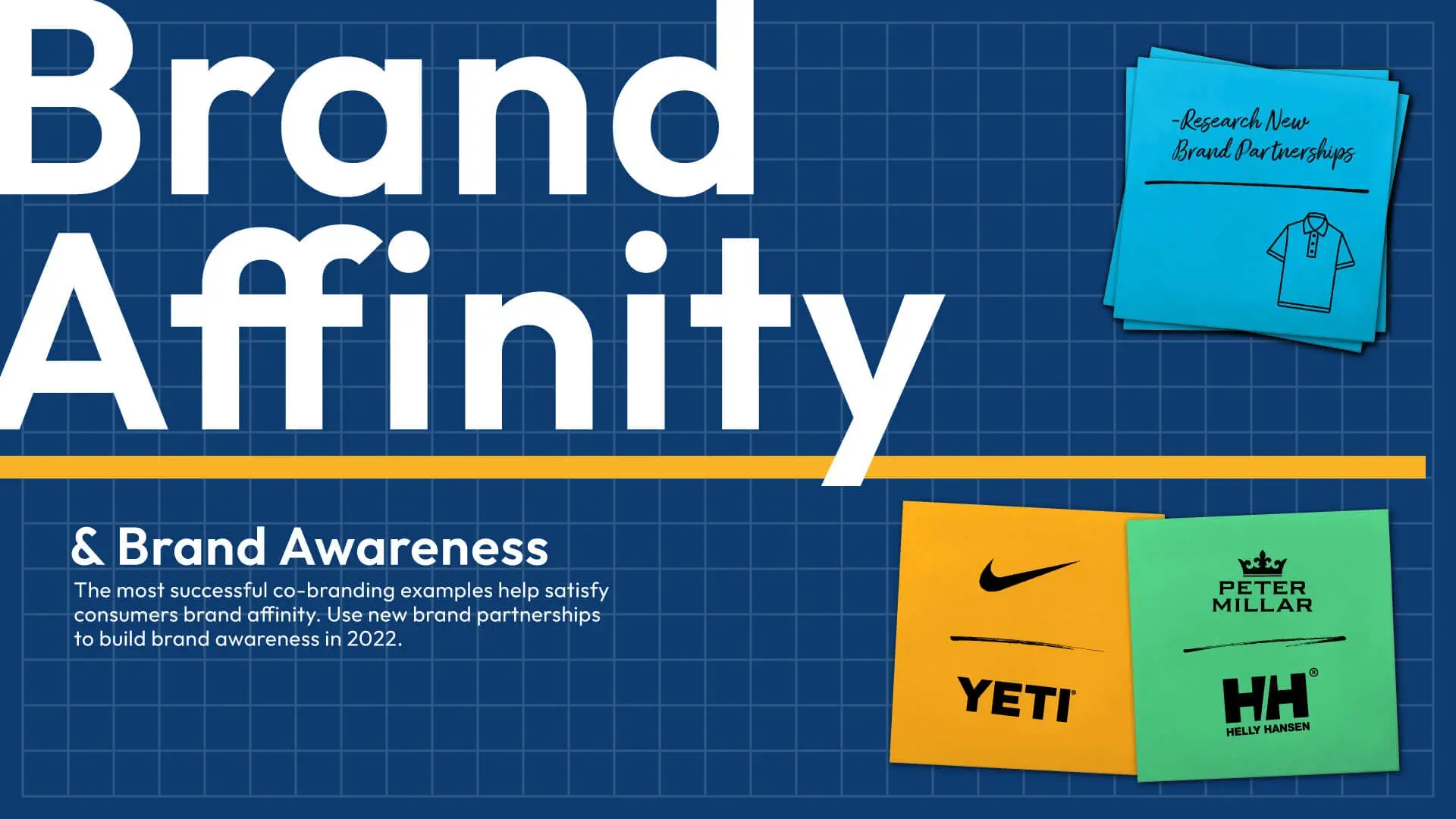
CUSTOMIZABLE GOLF POLOS REPRESENT YOUR BRAND STRONGLY
WHAT IS BRAND AWARENESS AND HOW CAN YOU DEFINE IT?
HOW TO BOOST YOUR BRAND AWARENESS STRATEGY WITH CO-BRANDING EXAMPLES
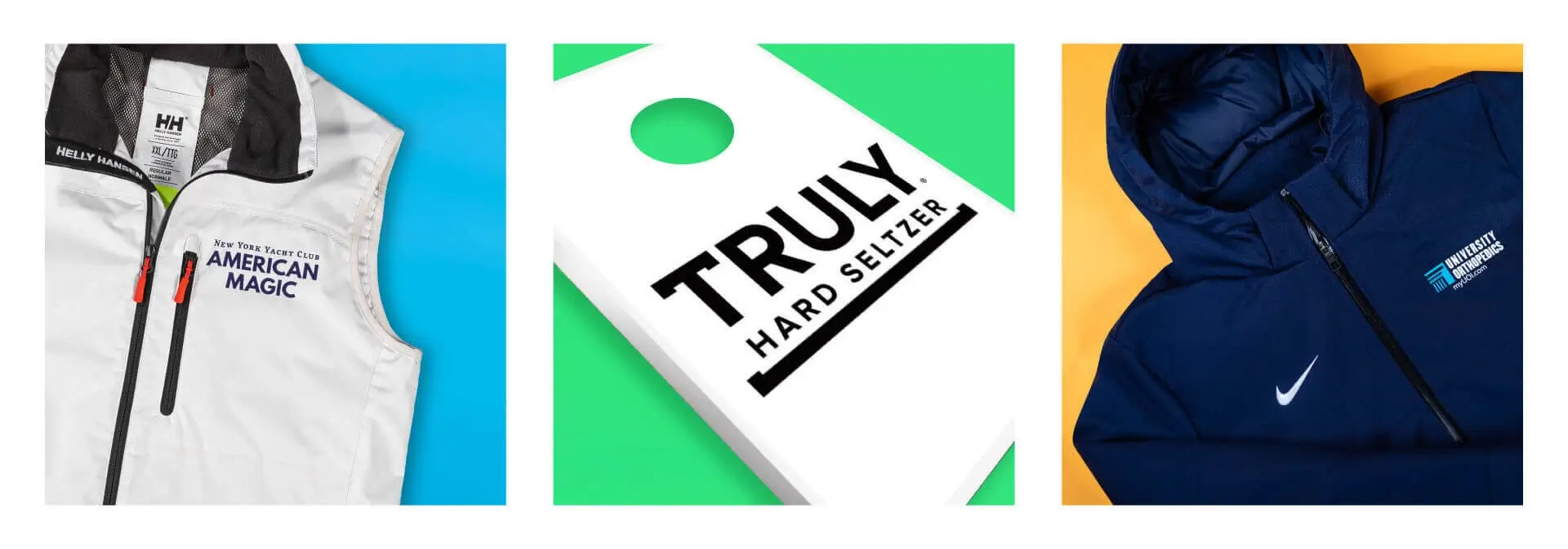
OUTSTANDING BRAND AWARENESS EXAMPLES BY CORPORATE GEAR

Gilbane celebrated 150 years with a brand awareness campaign that titled “Honoring the past – Celebrating the Present – Building the Future”.Corporate Gear worked with Gilbane to curate an assortment of custom promotional products, company apparel and corporate gifts that featured their 150th Anniversary. Gilbane distributed gifts and gear as a way of saying thank you to their employees for all they do. Through collaboration with Corporate Gear, Gilbane was able to build brand awareness and strengthen their brand equity by providing them with custom gear that their company would be excited about.
During Gilbane’s “Construction Safety Week” brand awareness campaign, our Gear Guides fulfilled their order of high-visibility workwear t-shirts featuring their logo plus the messaging “Be Present. Be Focused. Be Safe”. We were able to enforce their commitment to building a stronger and safer industry by creating workwear that did just that.
Successful co-branding leverages brand affinity across your target audiences examples. Work with Corporate Gear to launch new brand awareness strategies in 2022!
